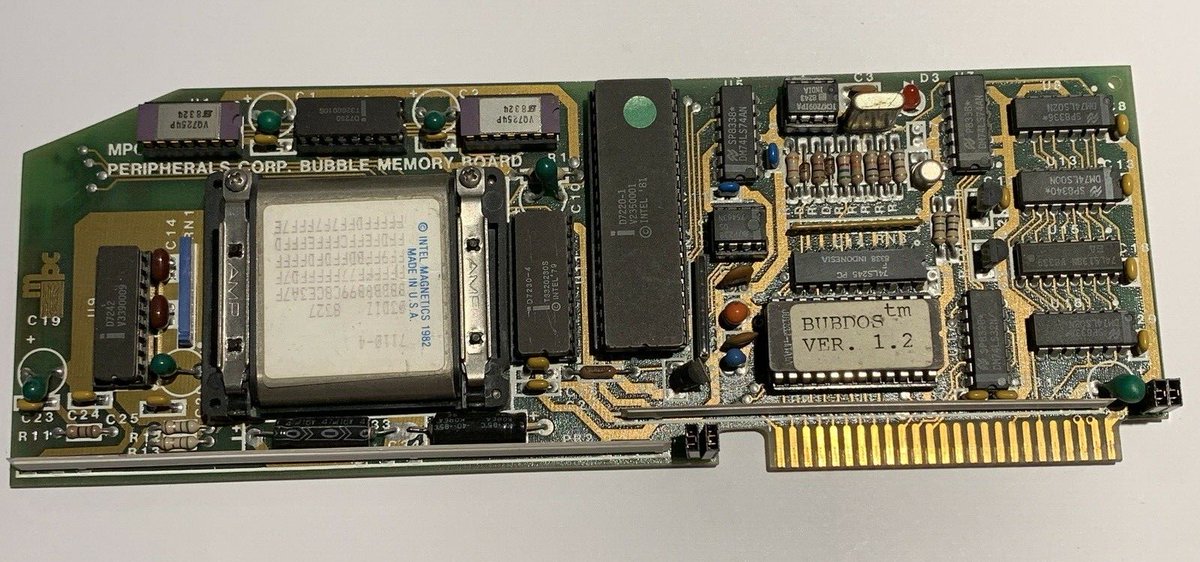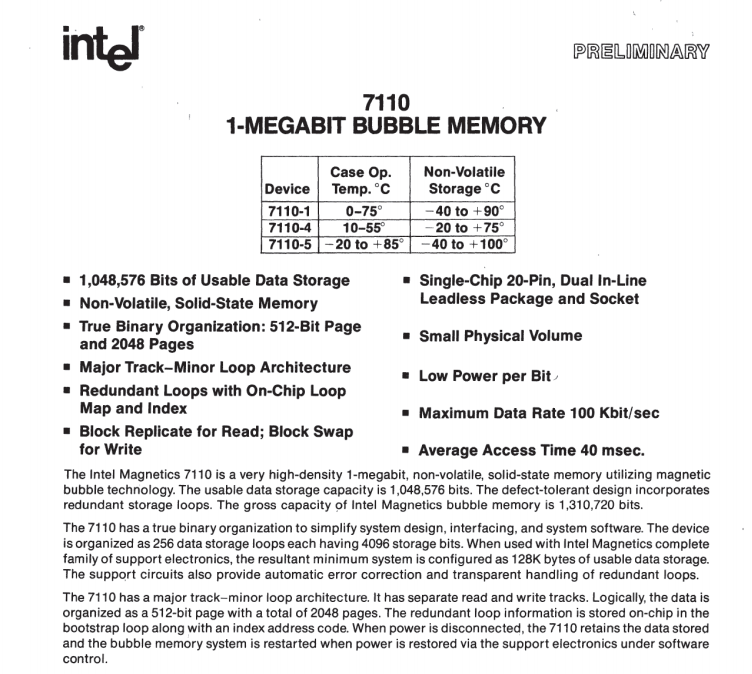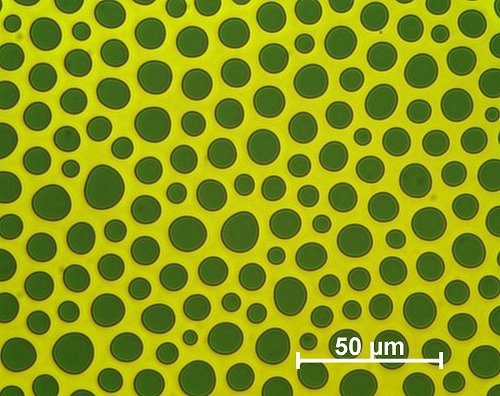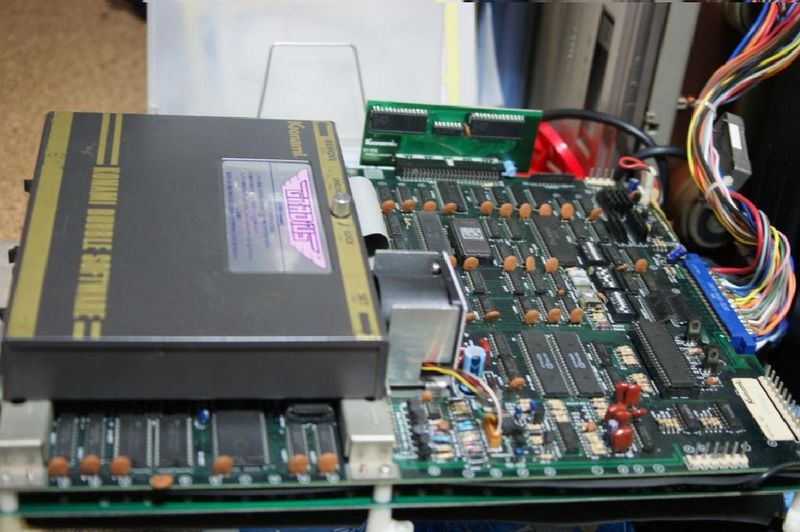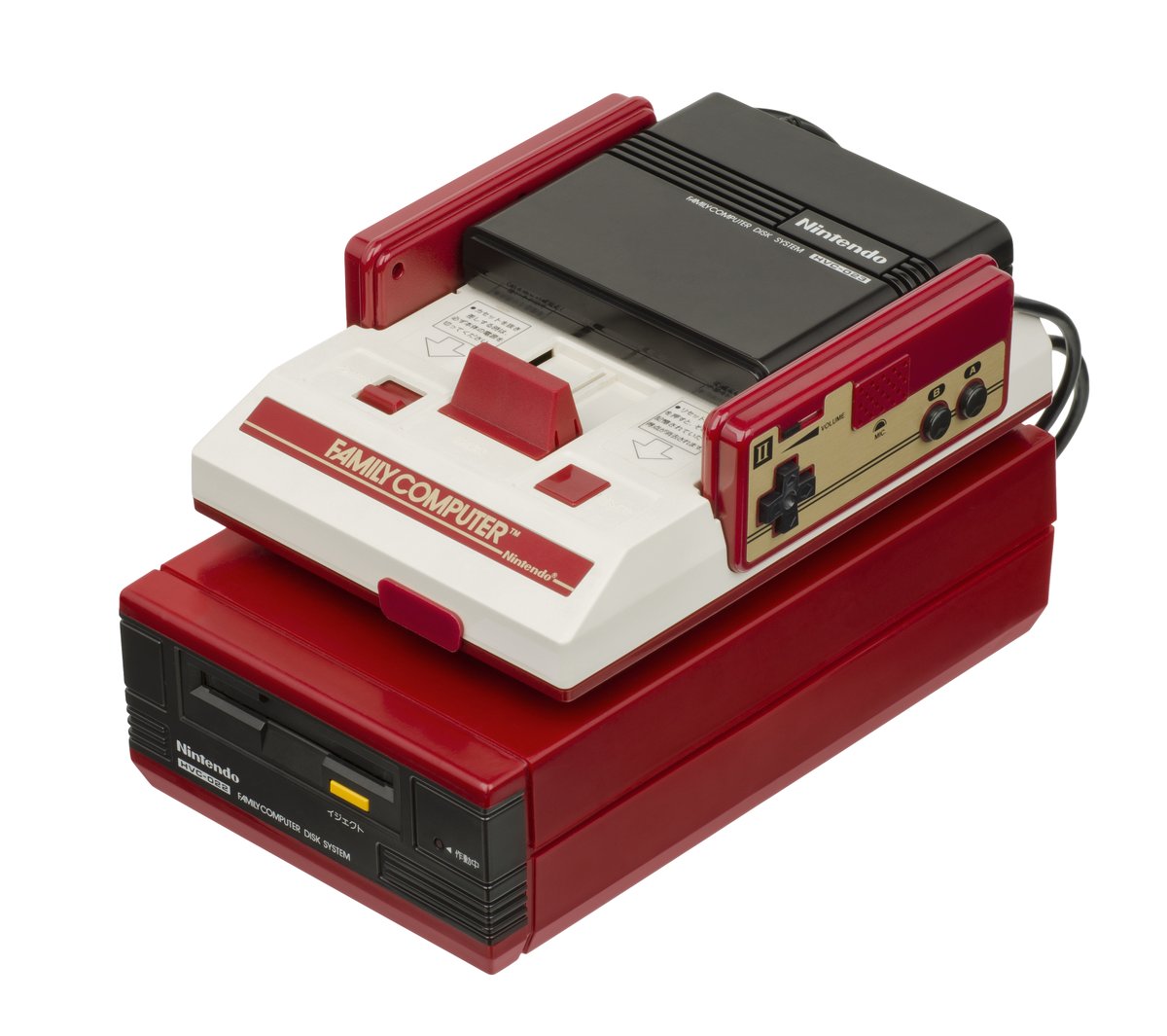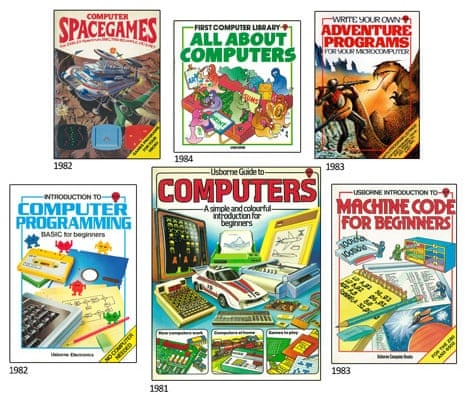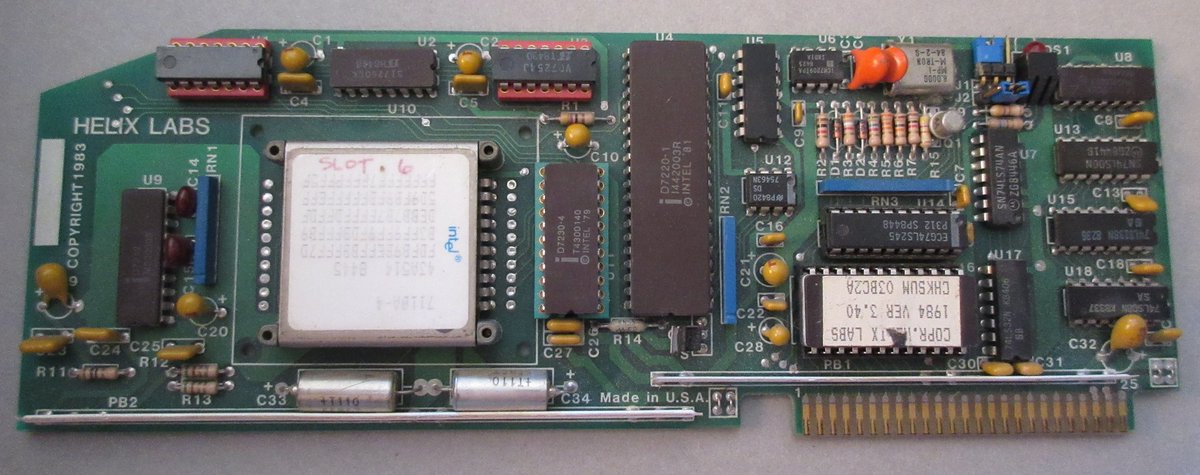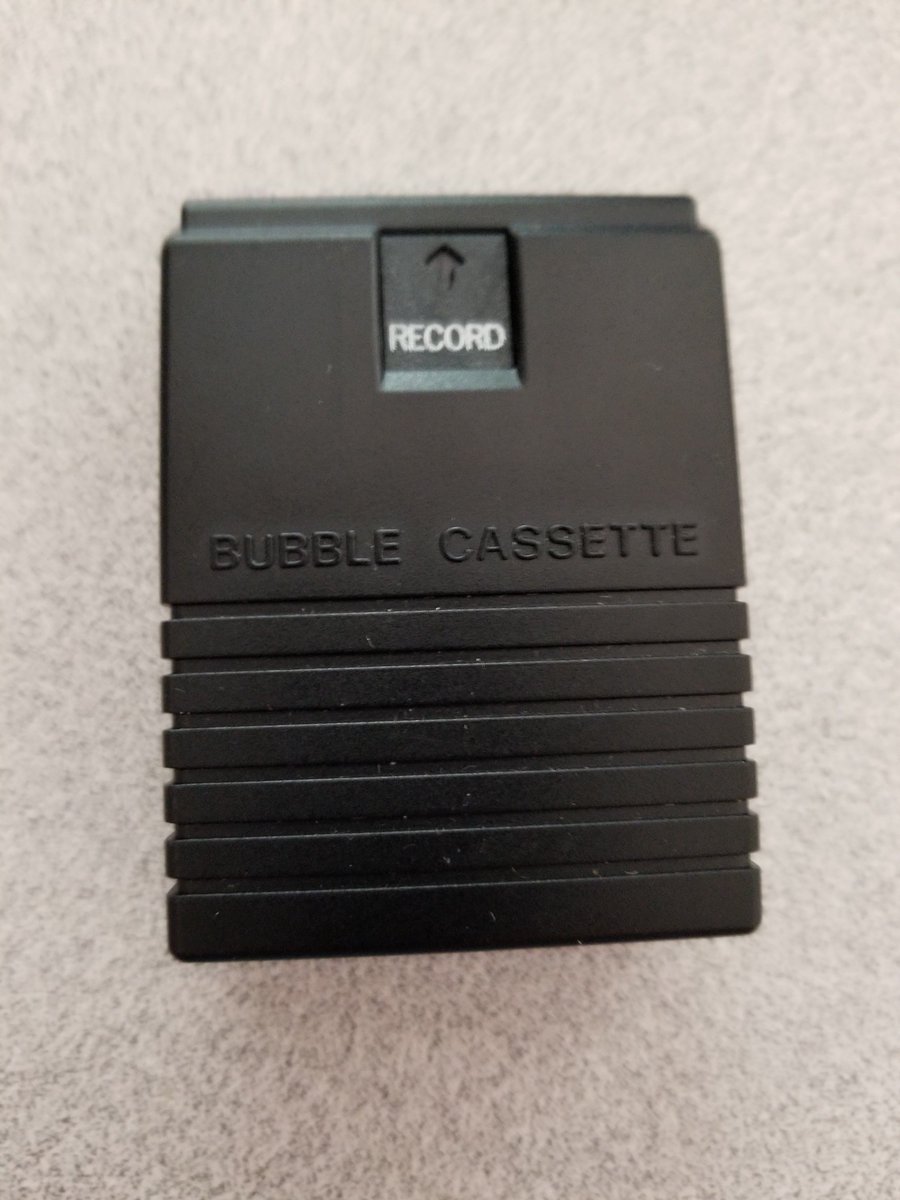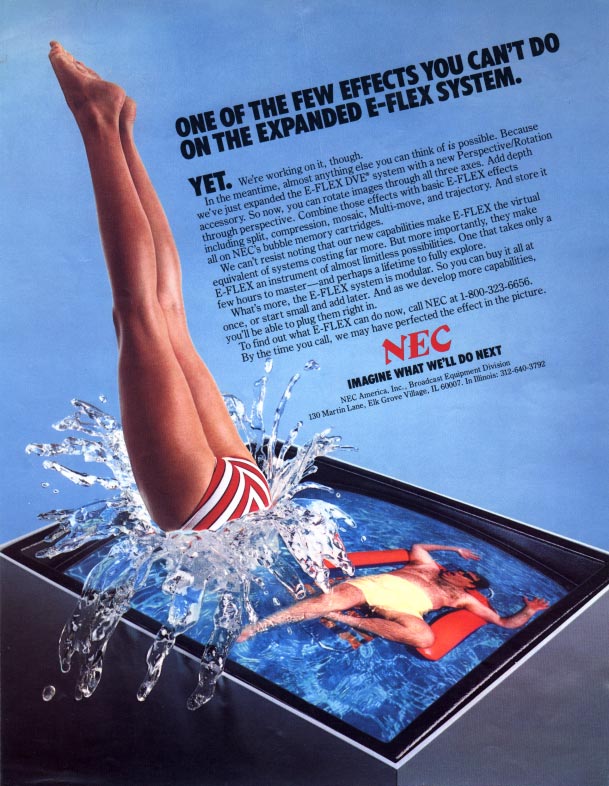This uses an Intel 7110-4 module, so that& #39;s 128 kilobytes of non-volatile memory.
This thing launched in 1982 at 895$.
Which is pretty expensive for 128 kilobytes... but it& #39;s basically an early SSD.
Which is pretty expensive for 128 kilobytes... but it& #39;s basically an early SSD.
bubble memory is an interesting sort of memory that was figured out in the 60s. Basically you have certain materials called orthoferrites where you can create a bunch of tiny magnetic domains called "bubbles", much smaller than you could do for standard magnetic tape/disk
and a magnetic field can be applied and all the bubbles will move from one end to the other, eventually hitting the edge and being destroyed
but when that happens, they can be read off, and at the same time as they& #39;re read, you can trigger a write on the other end, effectively causing the bubbles to "loop" around the module.
And this is neat because like a hard drive or floppy drive (and unlike SRAM/DRAM), you can have the data stored on the module for long periods without power being applied.
But it has no moving parts, so it& #39;s faster and more reliable than floppies or hard drives.
But it has no moving parts, so it& #39;s faster and more reliable than floppies or hard drives.
so while all this was figured out in the 60s, it wasn& #39;t really productized until the late 70s.
While it got some use (it was handy for rugged computers, where vibration and impact would damage disk drives) it didn& #39;t last long.
While it got some use (it was handy for rugged computers, where vibration and impact would damage disk drives) it didn& #39;t last long.
hard drives and floppy drives were rapidly increasing in size and bubble memory wasn& #39;t keeping up, so it only got used in some niche products, and by the mid-80s Flash memory had been invented which had all the same advantages of bubble memory but moreso.
so the late 70s to very early 80s was really the high point of bubble memory and the only time this would have made sense.
And it& #39;s available on ebay! https://www.ebay.com/itm/VINTAGE-MPC-PERIPHERALS-CORP-BUBBLE-MEMORY-BOARD-APPLE-ii/202986745538">https://www.ebay.com/itm/VINTA...
One famous use of bubble memory was the Konami Bubble System. This was a 1985 arcade board that powered Gradius, TwinBee, Galactic Warriors, and Konami RF2.
It& #39;s recognizable feature is the slow startup time, featuring a countdown and music.
It& #39;s recognizable feature is the slow startup time, featuring a countdown and music.
The idea was that you could have switchable game cartridges for the arcade system, in a format that& #39;s more resilient than floppies/hard drives but cheaper than ROM chips.
The long startup time was due to the temperature requirements of the bubble memory.
The long startup time was due to the temperature requirements of the bubble memory.
Bubble memory needs to be within a specific temperature range to read or write from it, and the particular type used by Konami needed to be within 30-40C (86-104F) to work.
So when powering on the system, it had a heater system to warm up the modules before they were used.
So when powering on the system, it had a heater system to warm up the modules before they were used.
In the long run, ROM chip versions of the Bubble System games ended up being cheaper and more reliable, so the major games Gradius and TwinBee were later released on versions using standard mask ROMs.
This sounds vaguely similar to what Nintendo was doing with the Famicom Disk System:
because sales of Famicom games were slowing but they couldn& #39;t really drop the prices of games since the ROM chips were so expensive, they switched to a cheaper floppy disk format.
because sales of Famicom games were slowing but they couldn& #39;t really drop the prices of games since the ROM chips were so expensive, they switched to a cheaper floppy disk format.
But by the end of the 80s, making ROM chips had gotten cheap enough that they no longer needed the cheaper disk system, which is why this add-on never made it to secondary markets like the US.
so this is just a guess , but Konami was probably thinking that by switching to bubble memory cartridges, they could avoid the prices of rom chips, and within a few years of launching the system, rom chips got cheap enough to make the extra hassle of bubble memory not worth it
probably Konami was thinking of doing something similar to how Nintendo had kiosks that would let you download a new game onto your disk for a small fee.
Like you could switch your Bubble System from Gradius to TwinBee for a small price, but you had to return the module.
Like you could switch your Bubble System from Gradius to TwinBee for a small price, but you had to return the module.
and then Konami could just load the new game onto the old module, saving production costs.
A couple people have mentioned that Bubble Memory is mentioned as being in a computer owned by secret agent Jack Ryan in the Tom Clancy novel Patriot Games, and @AnarcicAesthete provided a screenshot: https://twitter.com/AnarcicAesthete/status/1259300613814247424">https://twitter.com/AnarcicAe...
But yeah, Bubble Memory was one of those things where it was widely expected to be The Next Big Thing for most of the 70s... but never really made it.
I remember reading a bunch of 80s computer books for kids (like Usborne books) that talked about how soon your computer would have it.
and since I mentioned Usborne, I have to also point out that they put a lot of their old books up online as free downloads: https://usborne.com/browse-books/features/computer-and-coding-books/">https://usborne.com/browse-bo...
A weird thing about the Apple II and bubble memory is that this isn& #39;t the only bubble memory card made for the apple II!
There& #39;s also this one from Helix Labs... but it& #39;s very similar in design, so I think the two cards are related.
There& #39;s also this one from Helix Labs... but it& #39;s very similar in design, so I think the two cards are related.
Maybe one of the companies purchased the design off the other company, then went out of business or discontinued it, allowing the other company to make it themselves.
But I have no idea which way that relationship goes.
But I have no idea which way that relationship goes.
(that pictures from here: https://www.flickr.com/photos/22368471@N04/albums/72157655066379865/)">https://www.flickr.com/photos/22...

 Read on Twitter
Read on Twitter